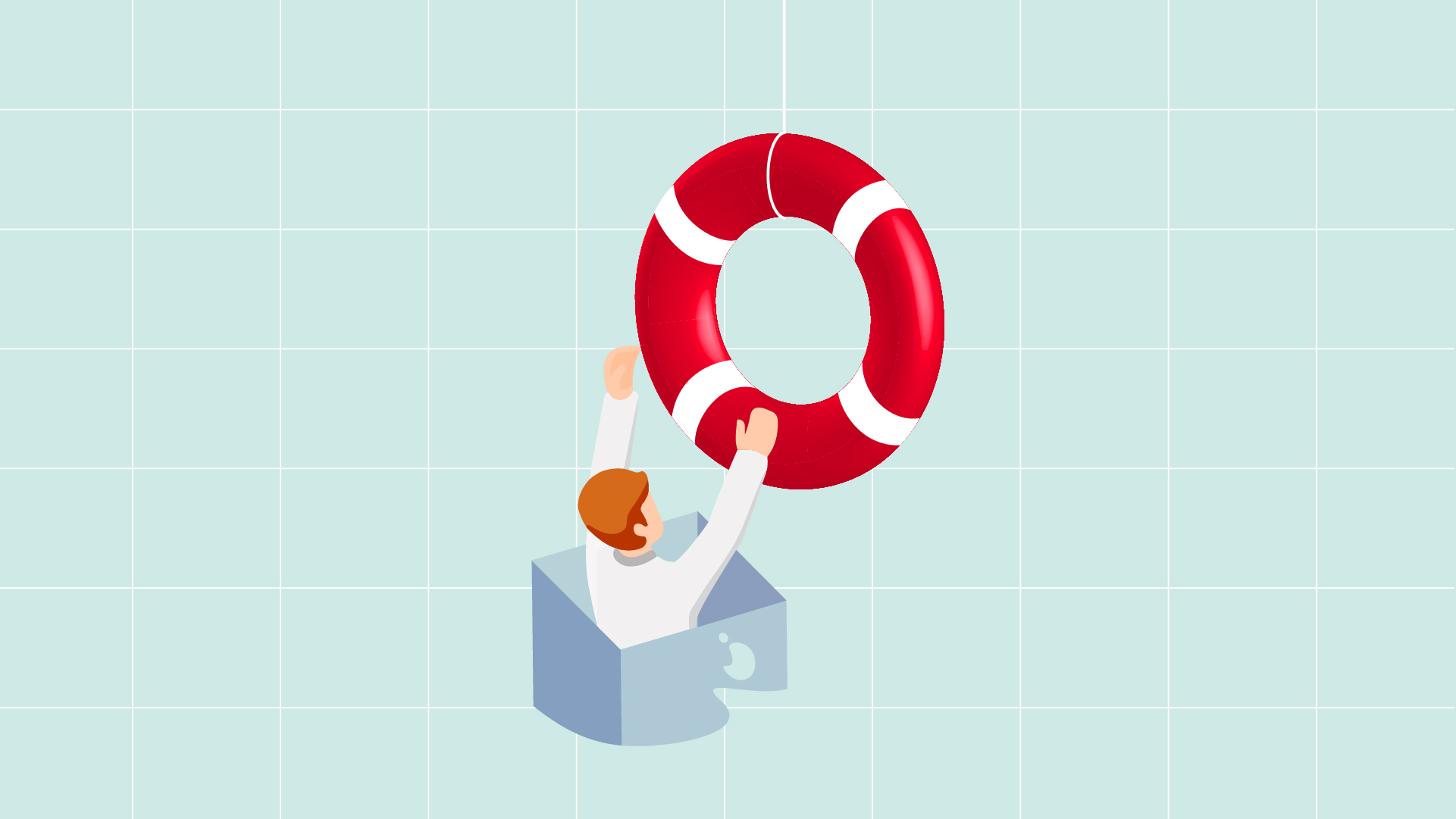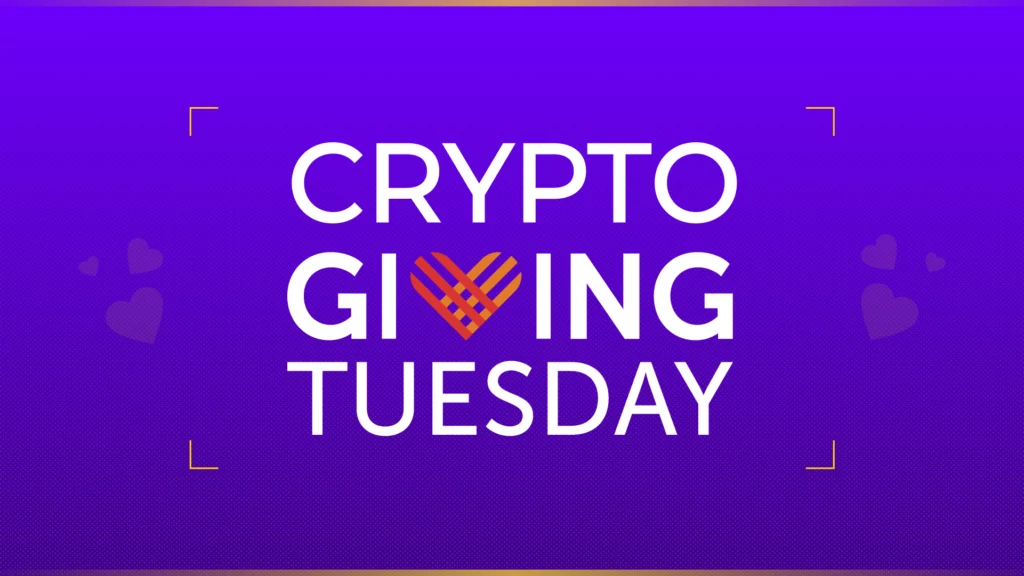Crises are by nature unpredictable. When one comes along, emotions run high and the demand for resources is immediate.
Nonprofit workers understand the unique challenges of emergency and disaster relief efforts. But fulfilling your mission in a high-stress situation often requires spur-of-the-moment fundraising, which can complicate things further.
Need to prepare for your next emergency fundraiser with confidence? The key to fundraising during a crisis is having a plan in place that can be deployed immediately.
Below, you will find several disaster relief fundraising ideas and best practices—with a few real-life examples that should give you some inspiration.
Emergency Fundraising Best Practices for Nonprofits
When disaster strikes, being in the right frame of mind can make a world of difference. Here are a few best practices to inform your team’s approach:
Best Practice #1: Be Transparent
Transparency is the most important aspect of fundraising during a crisis. In the days following an emergency, confusion reigns. Would-be donors struggle to find a signal through the noise.
They may wonder: Who is helping right now? Where will my donation go? How will it help those in need? How can I be sure it’s not a scam?
By demonstrating transparency, your donors will feel confident giving to your organization.
Best Practice #2: Lead with Empathy
During crisis fundraising, always lead with empathy while asking for donations. Show donors that the goal is clear: to help those who need it most.
It should go without saying, but avoid the perception that you expect people to give, no matter how important your cause may be. The last thing you want is for donors to feel like you are using someone else’s tragedy to raise money.
Be sure to convey your appreciation for any charitable donation, no matter how modest.
Best Practice #3: Be Prepared
Your organization’s emergency plan is essential to its success. Is your nonprofit ready to mobilize in a disaster? Review your preparedness plan each year to ensure your team’s readiness for a crisis.
Your plan should have two vital components. One is your action plan, detailing your nonprofit’s mission priorities during a disaster. Second is your fundraising plan, outlining how to convey urgency and ask for support.
Create a crisis communication and fundraising plan ahead of time, so that you’ll be ready to mobilize at a moment’s notice.
Best Practice #4: Follow Up
Your organization may receive an influx of support from first-time donors. Be sure to capture each donor’s information so that you can thank them and follow up in the future.
The reason is the same, whether you fundraise on a crowdfunding platform or your website. Donors appreciate thoughtful touchpoints, and this is especially true during emergency situations. Inform them of how you used their gift and who it helped.
In the future, you can consider asking them for a follow-up donation when the time comes.
8 Nonprofit Disaster and Emergency Fundraising Tips
Ready to spur into action now? Jumpstart your plan with these actionable disaster relief fundraising ideas. These tips are applicable to nonprofits of all sizes creating a global or local impact:
1. Have an Emergency Fundraising Communications Plan
Though we can’t predict the timing of a disaster, we can prepare our response in advance. Create a plan that outlines how you will communicate with your donors in the hours, days, and weeks following an emergency.
2. Establish a Special Emergency Fund
Consider setting up an emergency fund for the sole purpose of addressing the current situation. Decide if contributions can be used to provide immediate relief and assistance, support long-term recovery efforts, or both.
Example: In response to the Turkey/Syria earthquake, Save the Children created a special response fund that donors could specifically give to when donating.
3. Host a Virtual Event or Auction
In-person events generate excitement and positive emotions, which may not be an appropriate gesture for difficult situations. Instead, use virtual events such as a fundraising concert, talent show, or NFT charity auction.
Example: To fundraise for its earthquake relief program, Hope for Haiti developed a virtual reality app to provide potential donors with an immersive view of the crisis on the ground.
4. Launch a Social Media Awareness Campaign
Spread the word about your fundraiser using the power of social media. Hashtags and influencers can amplify your message to hundreds or even thousands of people around the globe.
5. Activate Peer-to-Peer Fundraisers
Turn your biggest advocates into fundraising champions by letting them run donation campaigns for their friends and family. Peer-to-peer fundraising allows you to reach a wider audience and get donations from beyond your donor database.
6. Encourage Recurring Donations
Disaster relief is an ongoing process, not an immediate fix. Encourage your supporters to become recurring donors (e.g. monthly) in order to help provide support both during and after a crisis.
7. Show Your Gratitude
Your appreciation may be innate, but don’t assume your donors know that. Thank your donors with an email that expresses gratitude and explains the impact of their gift. Follow up in a few weeks with an update of your organization’s work, and encourage them to give again if help is still needed.
8. Broaden Your Giving Options
Making donations via credit card or check is easy for the average donor. But by expanding the ways donors can support your cause, you open up new opportunities to provide immediate relief. Donations like crypto and stocks or even physical goods may not be your typical donation, don’t overlook their potential impact.
Example: By accepting cryptocurrency donations, CARE was able to receive donations from Jack Butcher’s NFT fundraiser to support women and children in Afghanistan. Learn more about CARE’s crypto fundraising program.
Summary
An emergency fundraising plan reduces the stress of your organization’s crisis and disaster response. By using a variety of tactics, your nonprofit can appeal to sympathetic donors and keep them informed of how their donations make an immediate difference. While you can’t predict when disasters hit, preparation can help you approach your next crisis fundraiser with grace.



















